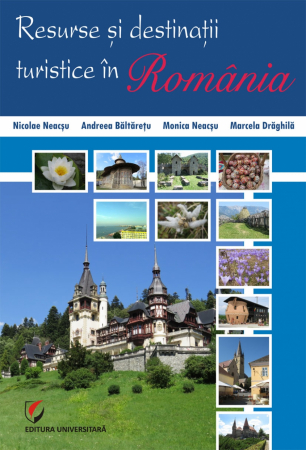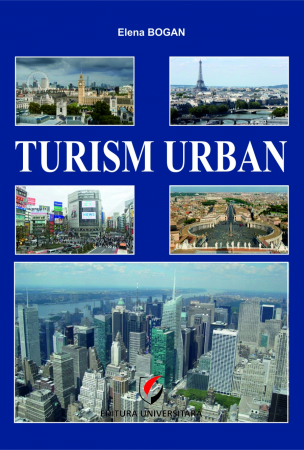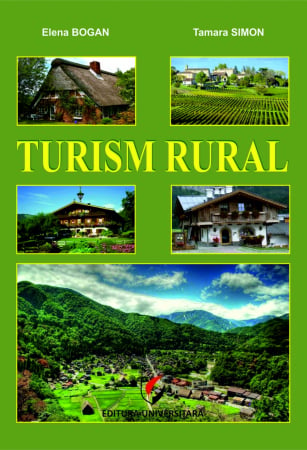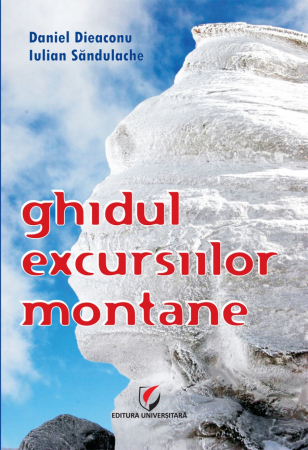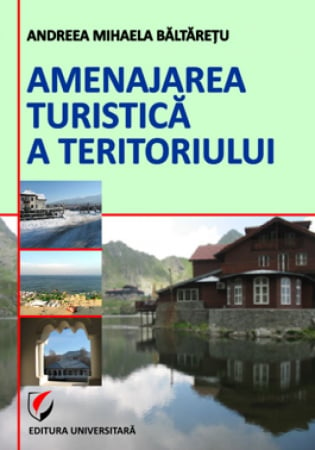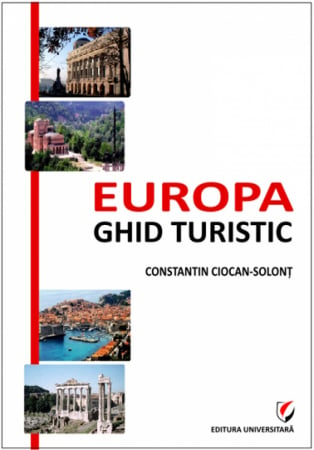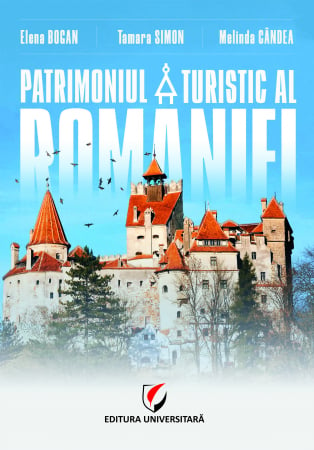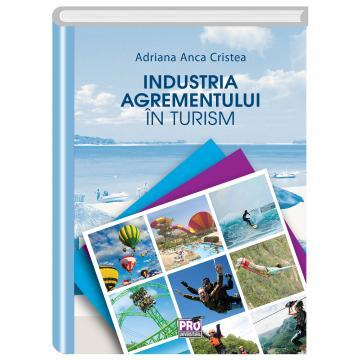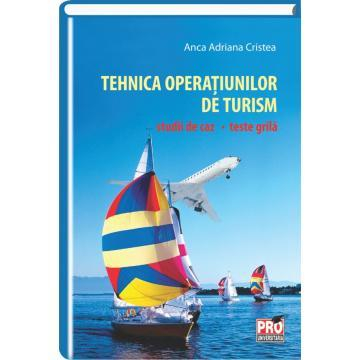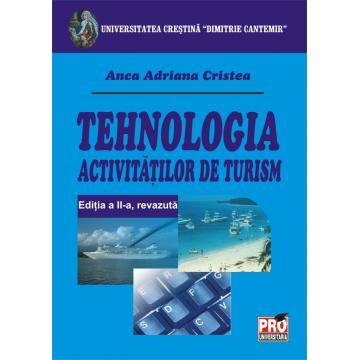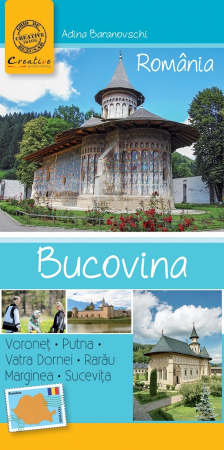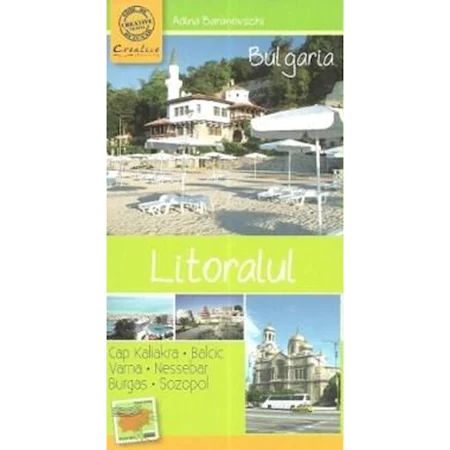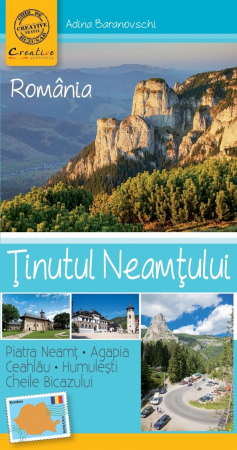ISBN: 978-606-28-0502-9
DOI: 10.5682/9786062805029
Publisher year: 2016
Pages: 294
Publisher: Editura Universitară
Author: Andreea-Mihaela Baltaretu
- Description
- Download (1)
- Authors
- Content
- More details
- Reviews (0)
Forecasts for 2016 show a strong, resilient and adaptable tourism industry, despite sensitivity to certain factors such as terrorism and natural disasters, with lower oil prices in recent years stimulating demand for low-cost transportation. Safety and security issues will continue to cause difficulties in the coming years. The tourism industry is expected to generate over 370 million jobs by 2026. Such an increase will determine the existence of numerous tourist destinations around the world that will provide a favorable environment for business development.
To this end, there is a need for effective collaboration between public institutions and the private sector around the world.
In this context, this paper entitled "Economics of the tourism industry" aims to analyze this branch from an economic and socio-cultural point of view, using established statistics provided by the World Council for Tourism & Travel (WTTC) and the World Tourism Organization. (WTO), but also for case studies on forms of tourism and tourist destinations. Both national and international evolutions and trends as well as indicators of economic and social efficiency of tourism are addressed.
-
Economia industriei turistice
Download
Preface / 5
CHAPTER 1. TOURISM AND ITS ECONOMIC-SOCIAL SIGNIFICANCE / 11
1.1. Tourist terminology / 11
1.2. Economic-social, cultural and ecological importance of tourism / 15
1.3. Tourism and poverty alleviation. United Nations ST-EP Initiative / 26
1.4. Indicators for quantifying the place of tourism in the economy / 37
1.5. The main factors influencing tourism / 39
CHAPTER 2. FORMS OF DOMESTIC AND INTERNATIONAL TOURISM / 45
2.1. General criteria for classifying tourism genres / 45
2.2. Structuring the forms of tourism according to the means of transport used; advantages and disadvantages of their use / 47
2.3. Separation of forms of tourism by motivation / 55
2.4. Youth tourism / 59
2.5. Rural tourism / 61
2.5.1. Concept, components, influencing factors / 61
2.5.2. Implications of rural tourism / 67
2.5.3. EUROGITES standards for evaluating the quality of accommodation structures in rural areas / 69
2.6. Cultural tourism / 75
2.6.1. The purpose and significance of cultural tourism / 75
2.6.2. The social context of cultural tourism / 80
2.6.3. The economic context of cultural tourism / 85
2.6.4. The political context of cultural tourism / 89
2.6.5. The "European Capital of Culture" program / 93
2.7. Archaeological tourism / 97
2.7.1. Advantages, disadvantages and guiding principles / 97
2.7.2. Recommendations for those interested in the administration, exploitation and visit of archaeological sites / 102
2.8. Adventure tourism / 104
2.8.1. Adventure tourism market / 104
2.8.2. Market size / 107
2.8.3. Extreme sports / 111
CHAPTER 3. ORGANIZATION AND MARKETING PROGRAM OF A TOURIST PRODUCT WITH THEME / 122
3.1. Program structure / 122
3.2. Case study: Program for organizing and marketing a tourist product with the theme "Sibiu-Knowledge and relaxation" / 125
3.3. Reviews / 130
CHAPTER 4. TOURIST TRAFFIC / 131
4.1. Methods of registration of tourist traffic / 131
4.2. Ways of quantifying the tourist traffic / 132
4.3. Tourist flows: content, causes, forms / 136
4.4. Romania's tourist traffic in 2014 and 2015/137
4.5. International tourist traffic during 2014-2015 / 140
CHAPTER 5. SATELLITE TOURISM ACCOUNT-2015 /149
5.1. The economic contribution of tourism and travel worldwide / 151
5.2. The economic contribution of tourism and travel in Europe / 158
5.3. The economic contribution of tourism and travel in Romania / 160
5.4. Case study: Report of the World Economic Forum on the Competitiveness of Tourism and Travel in 2015/16
CHAPTER 6. BRIEF HISTORY OF ROMANIAN TOURISM / 168
6.1. From the beginning until 1990/168
6.2. Contemporary period / 188
6.3. Some personalities of the past / 190
6.4. Ancient routes and resting places / 192
CHAPTER 7. WORLD TOURISM ORGANIZATION / 195
7.1. Brief history / 196
7.2. Members / 200
7.3. Fields of activity / 202
7.4. Regional activities / 207
7.5. Financing module / 208
7.6. Way of operation. / 208
CHAPTER 8. TOURIST MARKET / 210
8.1. Concept and characteristics / 210
8.2. Tourist offer / 211
8.2.1. Definition, content, characteristics / 211
8.2.2. Methods of describing the tourist offer / 212
8.2.3. The life cycle of a tourist offer / 213
8.2.4. Indicators for measuring the tourist offer / 213
8.3. Tourist demand and tourist consumption / 215
8.3.1. Introductory elements / 215
8.3.2. Indicators for measuring tourist demand / 215
8.4. Prices of tourist products / 219
CHAPTER 9. WORLD CULTURAL AND NATURAL HERITAGE U.N.E.S.C.O. FROM ROMANIA / 221
9.1. Criteria underlying the inclusion of natural and cultural assets on the World Heritage List / 221
9.2. Romanian sites on the U.N.E.S.C.O / 224 World Heritage List
9.3. Intangible Cultural Heritage of Humanity UNESCO-Romania / 234
9.3.1. Callus Dance / 234
9.3.2. Doina / 235
9.3.3. The technique of traditional ceramics by Horezu / 235
9.3.4. The carol of men's fog / 235
9.3.5. The virgin dance from Transylvania / 236
9.4. Indicative list of UNESCO-Romania World Heritage / 237
9.5. The program "Living human treasures" / 238
9.6. Other initiatives / 238
CHAPTER 10. THE IMPORTANCE OF ENVIRONMENTAL QUALITY FOR TOURISM / 239
10.1. WTO approach to quality in tourism / 239
10.2. The concept of total quality in tourism / 241
CHAPTER 11. TECHNICAL-MATERIAL BASIS OF TOURISM / 244
11.1. Components of the technical-material base of tourism / 244
11.2. Dynamics and territorial distribution of accommodation units and places in Romania, in 2014 and 2015/245
CHAPTER 12: STAFF IN THE TOURISM INDUSTRY / 250
12.1. Specificity of tourism professions / 250
12.2. The population employed in hotels and restaurants in Romania, during 2013-2015. / 251
12.3. Employment indicators / 259
CHAPTER 13. TOURIST SERVICES / 261
13.1. Characteristics of tourist services / 261
13.2. Typology of tourist services / 262
CHAPTER 14: INDICATORS FOR QUANTIFYING THE ECONOMIC AND SOCIAL EFFICIENCY OF TOURISM / 264
14.1. General indicators / 264
14.2. Indicators of the efficiency of the accommodation activity and ways to increase it / 266
14.3. Indicators of food efficiency and ways to increase it / 267
14.4. Indicators of tourist transport efficiency and ways to increase it / 269
14.5. Tourism investment efficiency indicators / 269
14.6. Social efficiency of tourism / 270
CHAPTER 15. CASE STUDIES AND APPLICATIONS / 271
15.1. Elasticity of demand for tourism / 271
15.1.1. Elasticity of demand according to income / 271
15.1.2. Elasticity of demand depending on price / 272
15.2. Calculation of the main indicators that characterize the tourist traffic / 273
15.2.1. Relative preference / 273
15.2.2. Average stay / 274
15.2.3. Tourist density / 275
15.2.4. Tourist intensity / 276
15.2.5. Tourist receipts and expenses / 277
15.3. Determining the tourist function / 277
15.4. Analysis of tourist flows / 280
15.5. Determining the degree of utilization of the accommodation capacity / 282
15.6. The seasonality of the tourist activity / 284
15.7. The efficiency of the tourist activity / 287
15.8. Other case studies / 288
Annex no. 1 / 289
Bibliography / 290
Tourism is for many countries of the world a vital industry and an income-generating activity, through its direct, indirect and induced effects on other economic branches and on the economy as a whole. Thus, for the fifth consecutive year (2015), the tourism industry registered a growth (+ 2.8%) which exceeded that of the world economy (+ 2.3%) but also that of other sectors. Overall, in 2015, tourism generated $ 7.2 trillion (9.8% of global GDP) and supported the creation of 284 million jobs, which means that 1 in 11 jobs worldwide are in the tourism industry.
Forecasts for 2016 show a strong, resilient and adaptable tourism industry, despite sensitivity to certain factors such as terrorism and natural disasters, with lower oil prices in recent years stimulating demand for low-cost transportation. Safety and security issues will continue to cause difficulties in the coming years. The tourism industry is expected to generate over 370 million jobs by 2026. Such an increase will determine the existence of numerous tourist destinations around the world that will provide a favorable environment for business development.
To this end, there is a need for effective collaboration between public institutions and the private sector around the world.
In this context, this paper entitled "Economics of the tourism industry" aims to analyze this branch from an economic and socio-cultural point of view, using established statistics provided by the World Council for Tourism & Travel (WTTC) and the World Tourism Organization. (WTO), but also for case studies on forms of tourism and tourist destinations. Both national and international evolutions and trends as well as indicators of economic and social efficiency of tourism are addressed.
In the paper are presented, besides the theoretical elements that characterize this discipline, such as concepts, typologies, methods, instruments, measurement indicators, and elements of Romanian heritage located on the UNESCO World Heritage List, such as tangible and intangible heritage, defining for the place and role of Romania as a tourist destination worldwide.
Therefore, this paper is addressed to students and master students studying in the faculties with economic, tourist and geographical profile, researchers, specialists in the field, public or private economic agents, institutions with tourist profile, but also tourists everywhere, representing the point of departure in the deepening of the specialized research in the tourist, geographical field but also in the related sectors.
Over time, people have traveled for tourism regardless of weather, terrorist acts, natural disasters, price levels, because the practice of tourism allows them to relax, to restore their physical and mental condition, to enrich their level. knowledge, to make new friends represented by other people or of special nature and landscapes, which allows them to start over every day.
The Author

6359.png)
![The Economy of the Tourism Industry - Andreea-Mihaela Baltaretu [1] The Economy of the Tourism Industry - Andreea-Mihaela Baltaretu [1]](https://gomagcdn.ro/domains/editurauniversitara.ro/files/product/large/economia-industriei-turistice-508-938722.jpg)
